Increasing demand for Bramley apples from the processing, juice and most recently the Irish cider industry and the Magners brand is set to generate growth for English growers.
Higher revenues could lead to the opportunity to plant more orchards, and in so doing benefit the fresh sector, which only wants larger unblemished fruit, according to Adrian Barlow, chief executive of English Apples and Pears.
Barlow was a guest speaker at the annual seminar held by Fourayes in Kent, the only remaining English-owned processor providing processed Bramley for fruit fillings.
The total annual Bramley production marketed was 88,000 tonnes in 2005/2006, down 15% on 2004/2005 when it soared 69% to 103,000 tonnes.
Processing in the most recent year has taken about 35,000 tonnes, juice and cider 25,000 tonnes, while annual fresh sales are static at 25,000 tonnes.
However, Barlow says that in the face of changing lifestyles with the demand for more convenience and with fewer meals eaten in the home Bramleys have been holding up very well.
Supermarkets account for about 70% of sales, but some are trading far better than others.
Sainsbury has a 24.1% share, Tesco 33.5%, Waitrose 7.6% and the Co-ops 7.4%. These chains are doing well and are overperforming, said Barlow.
Meanwhile Morrisons and Somerfield are about average, coming in at 11.3% and 5.2% respectively. Barlow described Asda's 8% as "disappointing".
He added: "It is tribute to the unique properties of the variety, which despite being discovered more than 150 year ago has remained a firm favourite and is truly British. Many food products identify it on the packaging, which benefits the fresh market by enhancing its presence on retail shelves."
Higher revenues could lead to the opportunity to plant more orchards, and in so doing benefit the fresh sector, which only wants larger unblemished fruit, according to Adrian Barlow, chief executive of English Apples and Pears.
Barlow was a guest speaker at the annual seminar held by Fourayes in Kent, the only remaining English-owned processor providing processed Bramley for fruit fillings.
The total annual Bramley production marketed was 88,000 tonnes in 2005/2006, down 15% on 2004/2005 when it soared 69% to 103,000 tonnes.
Processing in the most recent year has taken about 35,000 tonnes, juice and cider 25,000 tonnes, while annual fresh sales are static at 25,000 tonnes.
However, Barlow says that in the face of changing lifestyles with the demand for more convenience and with fewer meals eaten in the home Bramleys have been holding up very well.
Supermarkets account for about 70% of sales, but some are trading far better than others.
Sainsbury has a 24.1% share, Tesco 33.5%, Waitrose 7.6% and the Co-ops 7.4%. These chains are doing well and are overperforming, said Barlow.
Meanwhile Morrisons and Somerfield are about average, coming in at 11.3% and 5.2% respectively. Barlow described Asda's 8% as "disappointing".
He added: "It is tribute to the unique properties of the variety, which despite being discovered more than 150 year ago has remained a firm favourite and is truly British. Many food products identify it on the packaging, which benefits the fresh market by enhancing its presence on retail shelves."


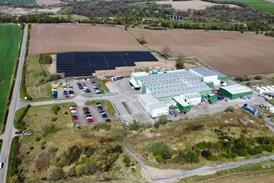

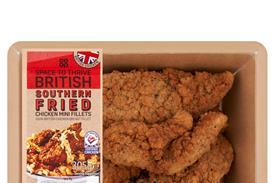




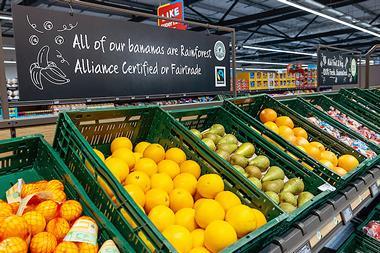




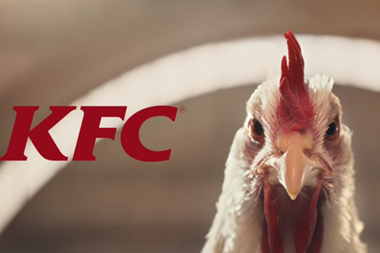



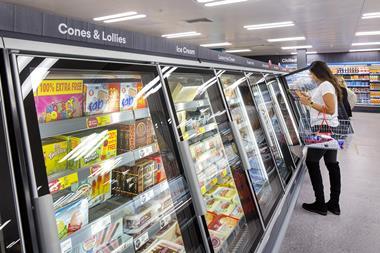
No comments yet